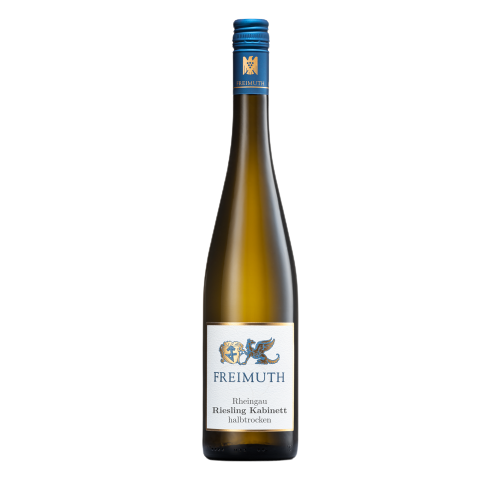"Jeg er stor fan af Dorli Muhrs intense, elegant saftige blaufränkisch-vine fra det lille bitte vindistrikt Carnumtum sydøst for Wien. Denne kommunevin med tilnavnet Samt & Seide stammer fra de yngste stokke på topmarken Spitzerberg, som er Muhrs kronjuvel og områdets ubestridte topmark. Den leverer altid levende, raffinerede, aromatiske og frem for alt uforligneligt friske vine. Jeg har tidligere smagt denne vin i andre årgange og nogle gange fundet den for domineret af pyraziner - den aromatiske forbindelse, der giver en distinkt duft af umoden grøn peber, som man også kan opleve det i chilensk carménère. Men det gælder absolut ikke denne vellykkede 2020’er. Den er fremragende faktisk. Smækker rød frugt ladet med en kalket klarhed og pebrede, urtede vibrationer. Saftspændt, slank og fast i kødet, overraskende aromaintens, elegant cremet, spicy finale med søde tanniner og skovbær i den lange eftersmag". 93 point - Jyllands-Posten / Finans
Site & soil
Grapes for the Ortswein Prellenkirchen “Samt&Seide” were selectively harvested from a total of twenty separate parcels, all of which are located on the southern slope of the Spitzerberg, in the vineyards Spitzer, Roterd, Panhölzer, Holzweingärten & Kranzen. Blaufränkisch vines between fifteen & thirty-five years old supplied the grapes for this wine, in which the older plants are responsible for the Seide (silk) & the younger vines provide the Samt (velvet). What they all have in common is their precise expression of the limestone soil, the refined berry aromas & refreshing structural acidity.
Harvest & vinification
The clusters are harvested by hand, and any overripe berry is meticulously removed. In the cellar, the grapes are lightly crushed and macerated in part with the stems in open fermentation vats. This extraction is very gentle and occurs completely without pumping, and fermentation begins after a few days thanks to the wild yeasts. The spontaneous fermentation proceeds very slowly and at room temperature; the must is neither heated nor cooled. This guarantees wines that are very precise & aromatic. A portion of the clusters are trodden by foot. After approximately twenty days, the wine is pressed and then matured in 1000-litre wooden casks and 3000-litre wooden fermentation vats. No new wood is utilized, in order to avoid masking the fine fruit of the Blaufränkisch. During the approximately twenty months of maturation, the wine is racked only once and ultimately bottled without filtration. Production is 15.000 bottles (2019 vintage).
“For a village wine this is really complex. Enticing nose of spiced orange, pomegranate, red fruit and licorice”.
James Suckling, 93 Points (årg. 2020)
Land: Østrig
Region: Carnuntum
Appellation: Spitzerberg
Druesort: 100% Blaufränkisch
Alkohol: 13,5%
Vintype: Rødvin
Indhold: 75 cl.
Spitzerberg
One can perhaps picture the Spitzerberg as a reef, with the primeval ocean breaking upon its rocks for millions of years. Because of this, the Spitzerberg is covered with a thick layer of limestone, which comes from the ‘middle ages’ of geology. The sandy ground retains little in the way of water, and the mount – some 300 meters in elevation – always lies open to strong winds and high temperatures; there is no mistaking the expressive nature of grapes grown on the Spitzerberg. The extreme conditions yield marvelously aromatic wines with complexity and depth, finely woven filigreed texture and a refreshing framework of acidity.

The Spitzerberg is an approximately 5km-long & 300-metre-high limestone bar in easternmost Carnuntum. It is situated, extremely exposed to the wind, between the Alps (Leitha Range) and the Carpathians (Hainburg Hills). Thanks to the constantly breaking surf of the primeval sea that once covered the area, a thick layer of limestone was deposited on the hillside, which eroded over time to the size of grains of sand. Rainfall on the Spitzerberg amounts to only about 400mm per year, and the summer temperatures often reach 35–40°C. The sandy limestone soil can only store precious little water. This leads to very low yields at harvest, a maximum of 3000kg of grapes per hectare.



























